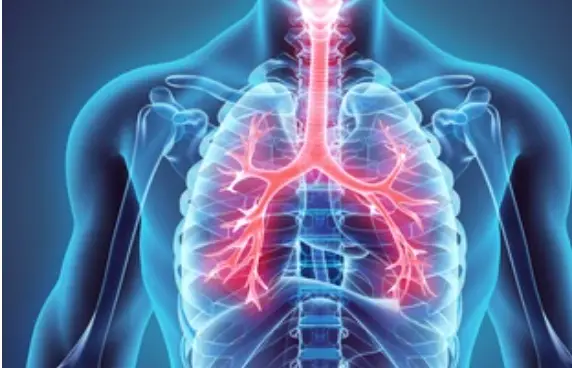 Welcome
Welcome
“May all be happy, may all be healed, may all be at peace and may no one ever suffer."
Chronic stable angina - Generics
Chronic stable angina is a type of chest pain that occurs when the heart muscle does not receive enough blood and oxygen due to narrowing or blockage of the coronary arteries. It typically occurs during exertion or emotional stress and is relieved by rest or nitroglycerin. Chronic stable angina is a common condition that affects millions of people worldwide, particularly those with underlying risk factors such as high blood pressure, high cholesterol, diabetes, obesity, smoking, or a family history of heart disease.
The symptoms of chronic stable angina may include discomfort, pressure, tightness, or squeezing in the chest, arms, neck, jaw, or back. Some people may experience shortness of breath, nausea, sweating, or fatigue as well. The symptoms can range from mild to severe and can last from a few seconds to several minutes.
The diagnosis of chronic stable angina is usually based on the patient's medical history, symptoms, and physical examination. Additional tests may include an electrocardiogram (ECG), stress test, echocardiogram, or coronary angiography to assess the severity and extent of the blockages in the coronary arteries.
Treatment for chronic stable angina aims to relieve the symptoms, prevent complications, and improve the patient's quality of life. Lifestyle modifications such as regular exercise, a healthy diet, weight management, smoking cessation, and stress reduction are essential. Medications such as aspirin, beta-blockers, calcium channel blockers, nitrates, or angiotensin-converting enzyme (ACE) inhibitors may be prescribed to control the symptoms, reduce the risk of heart attack, and improve the heart function.
In some cases, revascularization procedures such as percutaneous coronary intervention (PCI) or coronary artery bypass grafting (CABG) may be necessary to restore blood flow to the heart muscle and relieve the symptoms of chronic stable angina. These procedures involve opening the blocked or narrowed coronary arteries with stents or bypassing the blocked segments with healthy blood vessels from other parts of the body.
In summary, chronic stable angina is a common condition that affects the heart's blood supply and causes chest pain or discomfort. It can be diagnosed based on the patient's symptoms and medical tests and managed with lifestyle modifications, medications, or revascularization procedures. Prompt diagnosis and treatment can help prevent complications and improve the patient's quality of life.

Nail fungal infections

Retinitis

Chancroid

Scalds abrasions

Inflammation of the exter...

Hypocalcemic tetany

Pain or irritation of the...

Central respiratory depre...
Chronic stable angina, দীর্ঘস্থায়ী স্থির এনজিনা
To be happy, beautiful, healthy, wealthy, hale and long-lived stay with DM3S.